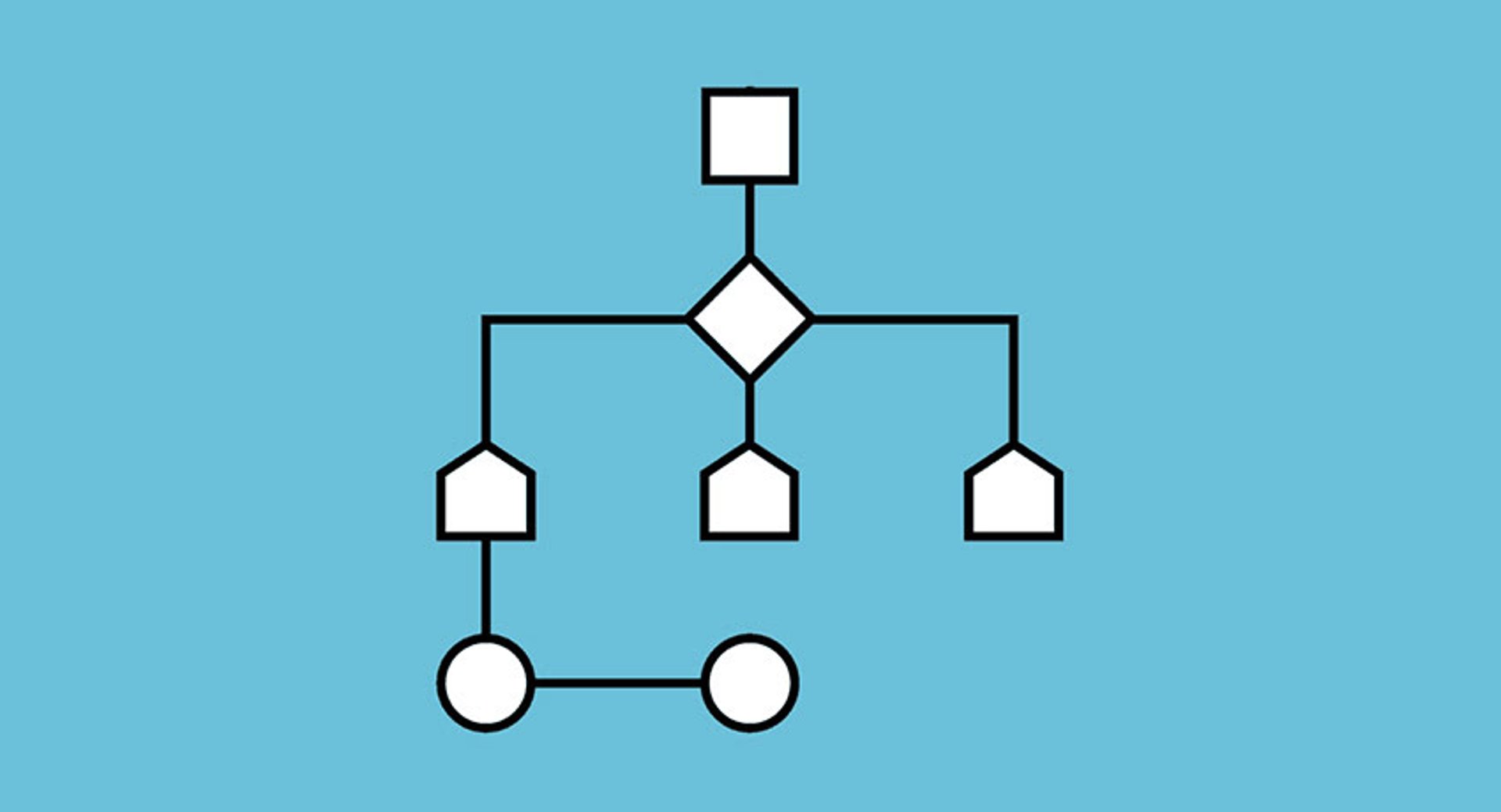Aiming for a career at FAANG (Facebook (now Meta), Amazon, Apple, Netflix, and Google)? Well, it would help to have an idea of the technical interview styles held by them. Success in these interviews majorly depends on algorithmic problem-solving with clarity and confidence, even under immense time pressure.

Below is a proven, modern framework to improve your tech interview performance following pattern‑recognition, mock practice, and conceptual understanding, not just rote memorization.
Why conceptual understanding beats rote memorization
Most candidates focus on LeetCode problems without truly getting the basics of the concepts. However, FAANG interviewers are on a different level. They evaluate how you think, not how many solutions you’ve memorized. Which is why, when slightly modified or differently framed problems arise, rote memorization often fails to catch up.
Instead, you should focus your efforts on recognizing core algorithmic patterns, including sliding window, two pointers, recursion, or dynamic programming. Get an in-depth understanding of why they work. This will help you adapt to unfamiliar problems under pressure.
To support this approach, AlgoCademy’s hand-picked set of 290+ interview-style problems with multi-language solutions is ideal for simulating real FAANG scenarios. These curated questions reflect the logic and complexity akin to top-tier interviews. They offer optimized resources and pattern-driven challenges that reinforce conceptual mastery.
When you have a thorough understanding of the concepts and not just memorization, you can tackle even the most unexpected interview questions with confidence and flexibility.
Proficiency in pattern recognition
According to current expert studies, pattern recognition is the gateway to quick and accurate problem-solving. So, gain mastery in recognizing top patterns like:
- Sliding Window (longest substring, maximum subarray)
- Two-Pointers (sorted arrays, in‑place modifications)
- Backtracking / Permutations / Subsets
- Recursion & Depth-first Search (DFS) & Breadth-first Search (BFS)
- Dynamic Programming (knapsacks, sequence alignment)
- Greedy & Sorting (interval scheduling, minimum spanning)
- Graph / BFS / DFS / Topological Sort
Most guidebooks list 14+ universal patterns. What you must do is learn to recognize the trigger signals (e.g., “longest substring without repeating characters” > sliding window).
How to train: Start by maintaining a log or flash‑sheet of patterns, write down their use cases, template steps, and sample problems. Now, review it regularly until you can immediately map a prompt to a pattern.
Structured phased practice framework
A step-by-step daily or weekly practice plan will help you steadily build skill and speed:
Phase 1: Foundation (Weeks 1–3)
Coding is a vast space. You should first make your foundation strong by studying the core concepts: arrays, trees, graphs, heaps, recursion, sorting, searching, BFS/DFS, and DP.
And no! We are talking about understanding each operation, why it works, and when it’s optimal, not rote memorization. You should be able to implement each data structure yourself at least once to reinforce understanding. While you will make mistakes initially, you will know your weaknesses.
Phase 2: Learning & conceptual practice (Weeks 3–6)
Once you learn to implement data structures, start solving standard problems without time limits. When stuck beyond 10 minutes, pause, review hints, or check solution explanations. This “concept-to-template” approach builds long-term proficiency.
Phase 3: Timed interview training (Weeks 6–9)
Now, you can begin simulating interviews. Turn off auto‐run, use a whiteboard or plain text editor, and enforce time limits of up to 45 minutes. Materialize your thought process out loud or record it. Leverage LeetCode and Grokking’s pattern drills for support.
Phase 4: Mock interviews & feedback (Weeks 9–12)
Participate in actual mock interviews with peers, or through platforms like Pramp, Interviewing.io, or AI‑powered mock services like Prepin AI or Final Round AI. If you consistently receive “hire” feedback more than 8 times, out of 10 mock tests, you are interview-ready.
Daily practice framework (at least 1 hour daily)
| Step | Time | Focus |
| Warm-up | 5 minutes | Review one pattern template (e.g., DP, sliding window) |
| Conceptual drill | 25 minutes | Solve one medium problem slowly, thinking aloud |
| Timed drill | 25 minutes | Solve another problem under 30 30-minute time limit |
| Debrief | 5 minutes | Review: pattern used, complexity, edge cases, and what to improve |
This practice framework aligns deep conceptual proficiency and speed under pressure.
Defensive interview technique
It’s normal to slip up under pressure. But you can prevent this by adopting defensive techniques, such as:
- Clarify assumptions before coding: input types, valid ranges, nulls.
- Jot down your plan or pseudo‑code before jumping into code.
- Check edge cases explicitly, covering empty input, single element, and large values.
- Express time/space complexity mid‑solution.
- Use sample inputs to test simple examples out loud.
- Discuss trade‑offs to show depth.
This structured technique keeps your interviewer engaged, showing your thoughtfulness.
Counter‑arguments to rote strategies
There are some serious downsides to advocating rote solutions:
- FAANG companies (especially Google) usually avoid repeat questions, often penalize rote memorization over reasoning.
- Memorized code often fails when the interviewer modifies problem constraints or introduces noise.
- Rote candidates often freeze or panic when they can’t remember due to stress, and end up lacking fallback reasoning.
In contrast, a conceptual strategy enables learners’ adaptability and honesty.
Common FAANG interview question types
Find a list of the common algorithm questions you’ll almost certainly encounter in a tech interview that you must master:
- Array & String: two-sum, subarray / substring max/min, partitioning.
- Linked Lists: reverse group nodes, detect cycles, merge, remove nth.
- Trees & Graphs: BFS/DFS, level-order, shortest paths, clone/serialize.
- Intervals & Sorting: merge intervals, scheduling, sliding window max.
- Dynamic Programming: knapsack, longest increasing subsequence, edit distance.
- Backtracking / Combinations: subsets, permutations, n‑queens.
- Heaps & Greedy: top‑k, scheduling with priority queues.
- Binary Search / Bit Manipulation: search variations, masks, masks.
These recurrences have been reported to be asked repeatedly. So, it would be wise to master the patterns behind them.
Final thoughts
FAANG algorithm preparation is not just about learning the most; it’s about the quality of the concepts that you have a strong grasp on. By following this well-structured 12‑week roadmap and practicing daily with purpose and a clear mindset, you can sharpen your algorithmic thinking and build the confidence to excel in FAANG interviews. Combining that approach with resources like AlgoCademy’s curated problem library and mock sessions will prepare you to crack tech interviews with both speed and depth.



